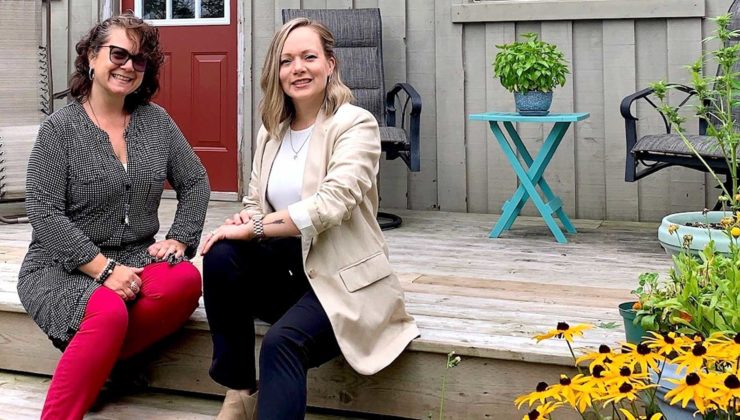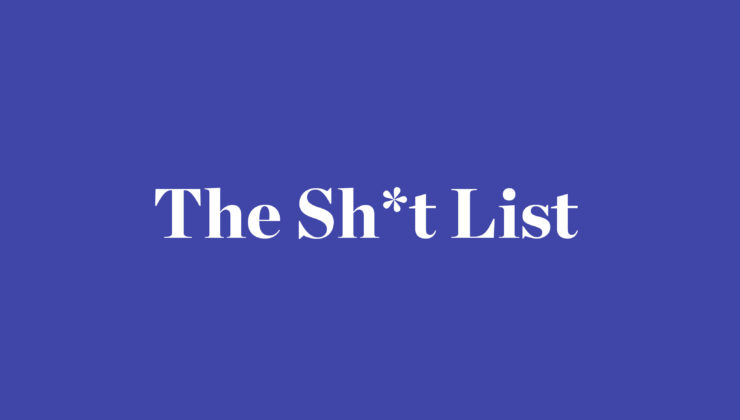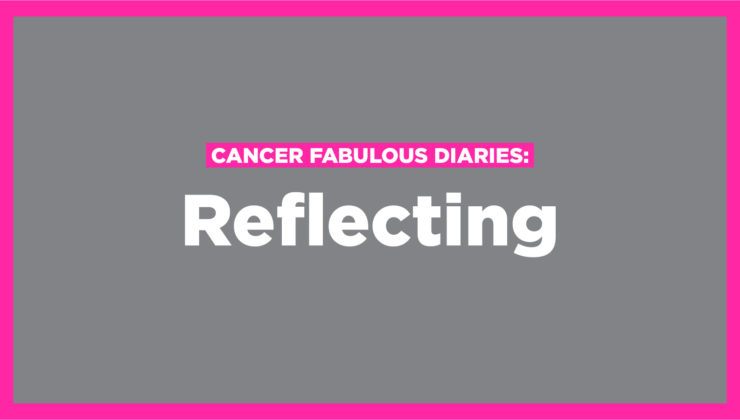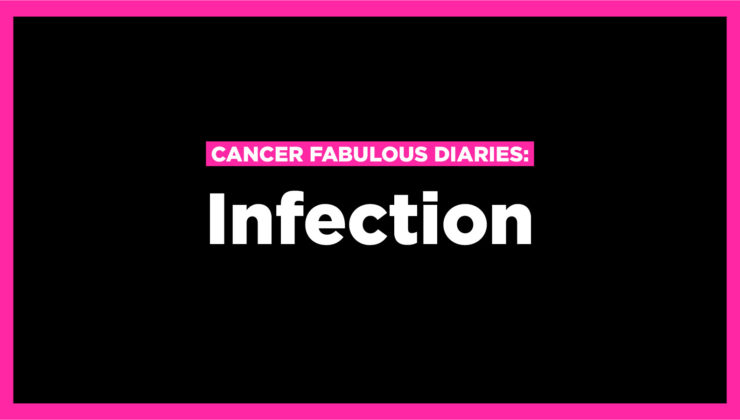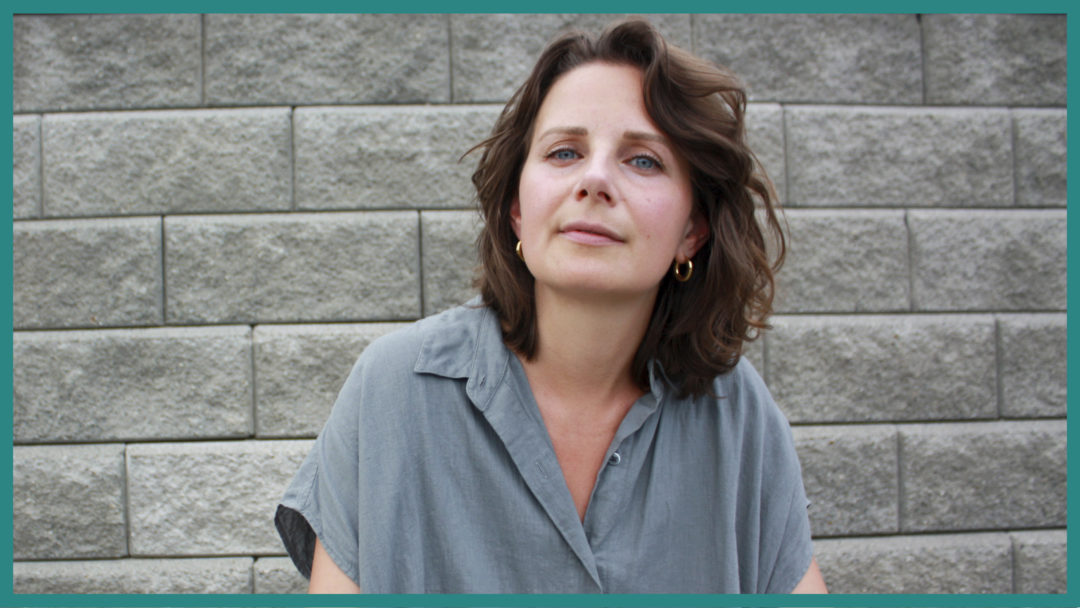
The Moments Between
Rethink is honoured to be the guest editor for Wildfire Magazine’s Identity and Aftermath August issue, which is dedicated to highlighting the struggles of life after cancer diagnosis.
Here is Erin’s story.
Sometimes identity is formed in a singular moment. Anyone diagnosed with something like cancer can attest to this. Most of the time, though, identity is formed in the string of moments between and after a crucial juncture when we reflect, stretch, question and honor. If we remember to pay attention to the moments between, it can be a remarkably fruitful place for learning. This is what the moments between taught me.
I had never considered breasts as part of my identity before breast cancer. They were, at best, a slight annoyance. At worst, a drain on financial resources, a target for unwanted attention and objectification, and although I didn’t know it then, a ticking time bomb. I thought about them as little as possible until breast cancer happened, and they became all I thought about. My breasts, in their natural, reconstructed and absent forms, ironically became a thread by which I crafted an identity of strength.
After a breast cancer diagnosis at 29 years old and learning that I carried the BRCA-1 mutation, my plan of treatment was to undergo six months of chemotherapy and a complete mastectomy. While I knew that options for how surgery might look existed, I was presented with a single one: nipple-sparing bilateral mastectomy with immediate reconstruction. The aesthetic part was my sliver of autonomy.
A symptom of living with a female body under patriarchy is that we are to be dissatisfied with our female bodies at all times. At. All. Times. I did certainly fit this description and did not trust myself to make a clear-headed decision about surgically altering my body without professional guidance. I began to unpack years of shame and perfectionism with a therapist, and as a result, felt a fundamental shift in my relationship to my body as I learned to quiet both the internal and external rhetoric about how my body should look. So, I asked the plastic surgeon to use implants of the same size as my natural breasts.
Between natural breasts and breast implants, I learned to honor my body.
No one wants to tell a young woman faced with surgical removal of both her breasts that replacing them with implants will feel nothing like the real thing. I was lukewarm from the onset of my relationship with the reconstructed breasts. Clothed, they appeared very natural. They allowed me to move through the world with one less cancer-induced physical change and I felt conflicted about not feeling grateful. I hated that the skin over my implants felt cold in the winter, that I couldn’t lie on my stomach, that there was a hollow space between me and the recipient of an embrace. The implants were awkward and uncomfortable and, well, fake. And they didn’t align with the new peace I felt toward my body.
I began to wonder who these breast implants were for as they certainly were not serving the one living with them. A complicated and painful surgery in order to mimic breasts that could not feel or feed children seemed absurd. So, who, then, was I doing this for? Did I need to be doing it at all if it wasn’t making me happy?
The obvious answers are “everyone else” and “no”. In hindsight it’s obvious, but it took introspection and persistence and learning and unlearning to get to this obvious answer for myself. I stripped away, piece by piece, the expectations that society puts on female bodies. These bodies that are meant to be neatly presented in a slim, hairless, undimpled, young, white, breasted, buttocksed, perfectly unmessy package, and that those of us living in female bodies must go to every length to attain and maintain. These are the rules we are all given.
In light of these culturally ingrained rules, it was disappointing, but not surprising, that when I looked to surgically go against the rules and have my breast implants removed, that I was met with resistance. There are many who benefit from these rules being upheld. It is not people living in female bodies, surely. But I knew that on my own trajectory of setting these rules aside and truly seeking what was right for me, I heard that obvious answer loud and clear: the implants had to go.
So, with a clarity that came from within, insisting that I knew what I wanted became easier. Surgeons, not immune to ideas about female bodies, resisted and tried to dissuade me. People in my life, steeped in the same rules we all are, couldn’t see beyond to a place where the rules don’t need to be followed if they don’t make sense. But in the face of all of this, I listened to my voice – it was steadfast and strong.
Between breast implants and no breasts, I learned to honor myself.
It wasn’t the moments I woke up with a new chest or no chest that I found my identity. It was the moments between. The between is a place of seeking. It is a murky place where steps are heavy. It is a messy place. The moments between, wading through this mess, is also the place where effort becomes strength and clarity. It becomes a place where the reason for struggle is clear as day, its light guiding the path forward. – Erin Stodola
Click here to read more stories from Wildfire Magazine’s Identity and Aftermath August issue.


